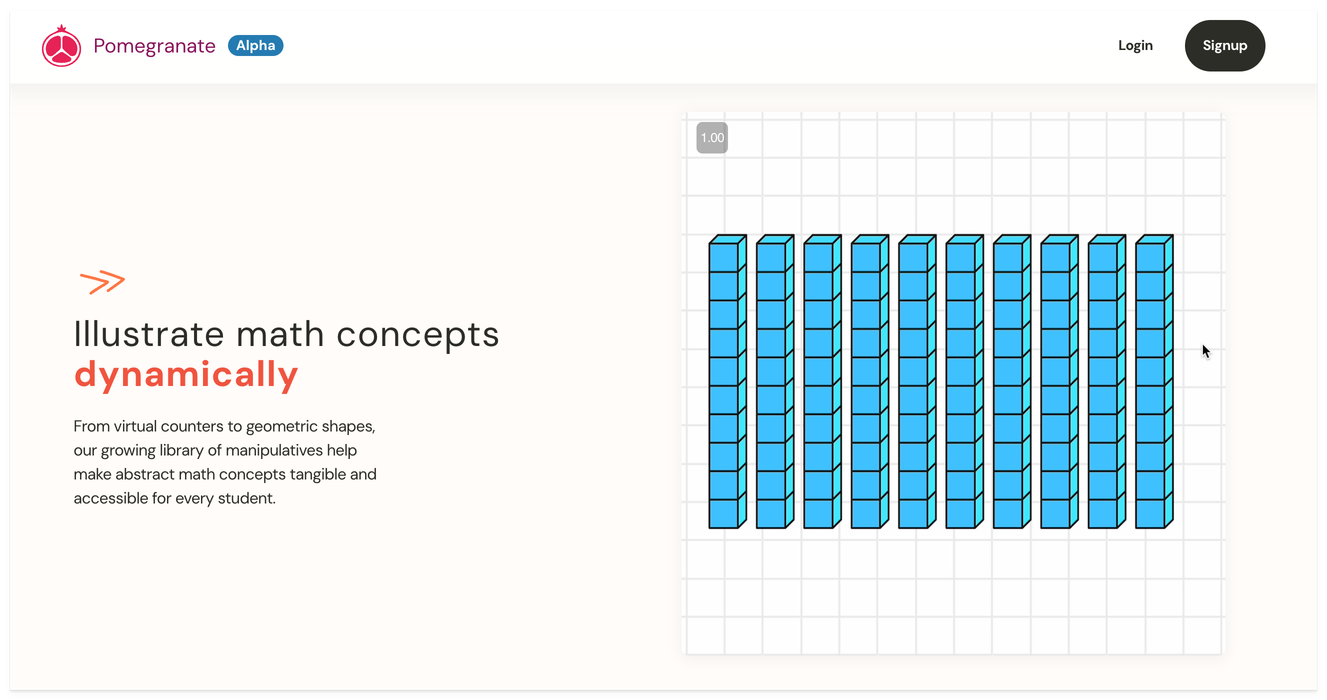The impact of CPD on education and pupil success

Maths Researcher
Continuing Professional Development (CPD) serves as the essential foundation that sustains the dynamic field of education. It prepares educators with the most current tools and methodologies to address the varied needs of their pupils.
The significance of CPD can have substantial impact; it promotes enhanced teaching strategies, facilitates technological integration and supports the creation of inclusive learning environments.
However, the true influence of CPD goes beyond these apparent advantages, inviting a deeper investigation into its role in shaping the future of education.
Key takeaways
- CPD enhances teaching skills and methodologies, leading to improved pupil learning outcomes
- It aids in adapting to technological advancements and evolving educational needs
- Ongoing professional development fosters a culture of continuous learning among teachers
What is CPD in education?
In education, CPD refers to the ongoing process teachers and educators engage in to enhance their skills and knowledge.
This continuous learning journey allows educators to stay current with the latest educational trends, teaching methodologies and technological advancements. CPD encompasses a variety of forms, each with the ability to accommodate different learning needs and preferences.
Common CPD formats
- In person workshops — Workshops serve as interactive sessions where educators can gain practical insights and build confidence and proficiency through hands-on experience and learn new techniques and strategies from experts in the field.
- Webinars — Webinars provide a flexible, often more convenient way to gain insights without the need to travel.
- Conferences — Conferences offer opportunities for networking and learning from a wide array of speakers and sessions.
- Online courses — Online courses allow teachers to learn at their own pace and schedule, often providing detailed, structured content on specific subjects.
- Peer collaboration — Peer collaboration is another aspect of CPD, enabling educators to share experiences, resources and best practices with colleagues.
- Mentoring — Mentoring pairs teachers earlier in their careers with veterans, fostering a supportive learning environment.
- Self-directed learning — Self-directed learning empowers teachers to take control of their professional growth by exploring topics of personal interest or relevance to their teaching practice.
Through these varied approaches, educators can remain effective and inspired in their roles through CPD offerings.
Why CPD is important
By keeping up with the latest research and pedagogical practices, teachers can ensure they're using the most effective strategies in the classroom.
This ongoing professional development helps educators stay informed about new findings, methodologies and programmes, which can improve pupil learning outcomes.
Me keeping my knowledge up to date means that I can then pass that forward to my staff. I think training is so beneficial
– Laurice Prempeh, Maths Lead, Rosetta Primary School
Adopting technology

Additionally, CPD allows educators to adapt to technological advancements. As new tools continually move toward personalised learning, integrating them into the classroom becomes essential for providing pupils with a relevant and engaging educational experience.
CPD ensures that teachers are proficient in using these technologies, making them more versatile in their teaching methods.
Diverse pupil needs
Addressing diverse pupil needs is another reason why CPD is important. Today's classrooms are increasingly diverse and teachers must be equipped to meet the varied needs of their pupils. CPD provides the necessary training to handle different learning styles, cultural backgrounds and special educational needs, fostering an inclusive learning environment.
Lastly, enhancing teaching practices through CPD leads to better learning outcomes for pupils. When teachers refine their skills and stay updated on best practices, they can implement more effective teaching strategies, ultimately benefiting pupil achievement and growth.
Implementing CPD in schools

Implementing CPD in schools requires a strategic approach to ensure its effectiveness and sustainability. Schools need to adopt tailored strategies for their CPD programmes, focusing on the specific needs of their teachers and pupils. Effective CPD programmes often incorporate collaborative learning, workshops and peer observations, which foster a culture of continuous improvement.
Balancing CPD with teaching commitments is important. Schools should allocate dedicated time for CPD activities, ensuring they don't interfere with teachers' instructional responsibilities. This balance can be achieved by scheduling CPD sessions during professional development days or after school hours, providing teachers with the flexibility to engage without compromising their teaching duties.
The role of school leadership in promoting CPD can't be overstated. Headmasters, Principals and administrators can support by championing CPD initiatives, creating an environment where professional growth is valued. They should also provide the necessary resources and infrastructure to facilitate these programmes.
Examples of successful CPD initiatives include mentorship programmes, where experienced teachers guide novices, and action-research projects that enable teachers to experiment with new teaching strategies.
Such initiatives not only enhance teaching skills but also build a supportive community of educators committed to excellence.
Transform Your Maths Assessment
Insights — our online assessment tool — gives you instant, powerful data to identify gaps and improve results.

Challenges and solutions in CPD
Despite its benefits, CPD faces challenges that can hinder its effectiveness in educational settings. Time constraints and heavy workloads often prevent educators from fully engaging in professional development. After all, teachers already have packed schedules, making it difficult to allocate time for further training without compromising their primary responsibilities.
Financial constraints
Budget limitations also pose a substantial barrier. Many schools operate under tight financial constraints, making it challenging to fund comprehensive CPD programmes. This lack of funding can lead to subpar training opportunities, which likely would not meet the educators' needs or expectations.
Relevance in CPD training
Ensuring the relevance and practicality of CPD is another challenge. If the training doesn't align with educators' specific needs or classroom realities, it becomes less effective. Tailoring CPD to be more applicable to daily teaching practices requires careful planning and feedback from participants, which can be resource-intensive.
Measuring CPD impact
Measuring the impact of CPD presents its own set of challenges. It's often difficult to quantify improvements directly linked to CPD due to the number of variables influencing educational outcomes. Effective evaluation methods are essential but can be complex and time-consuming to implement.
Addressing these challenges requires strategic planning, adequate funding and ongoing assessment to make CPD truly impactful.
Case studies and examples

Several schools have successfully navigated the challenges of CPD by tailoring their programmes to meet specific educational needs and securing adequate funding.
For instance, St Bridget's Primary School in Liverpool implemented our comprehensive Maths Mastery programme, which involved intensive teacher training and ongoing support. This initiative not only improved the school's mathematics curriculum but also enhanced teacher confidence and student engagement in the subject.
The thing you can’t quantify is the children enjoying their maths lessons. As a leader of the school and an educator it is amazing when you go into a maths lesson and you see that children are actually approaching it energetically, that they’re not switched off
– Neil Le Feuvre, Headteacher at St. Bridget’s C of E Primary
Another example comes from Langley Green Primary School's nine-year journey with the Maths — No Problem! programme demonstrating the long-term benefits of consistent, high-quality CPD in education.
Debbie Lewis, the school's maths lead, emphasizes the transformative impact of ongoing training and development.
"It's really important to find the money to have the programme. It is fantastic."
The school's commitment to CPD has yielded impressive results. As Debbie notes:
"The proof is in the pudding. Our children here are amazing at maths, and we get really good maths results."
These successful case studies align with broader research on the benefits of CPD in education. According to a study by the Education Policy Institute, implementing 35 hours of high-quality CPD for teachers annually could lead to significant improvements in student outcomes, including an extra two-thirds of a GCSE grade and increased lifetime earnings of over £6,000 per pupil.
Supporting our teachers
Despite its significance, the implementation of CPD can encounter hurdles such as time constraints, financial limitations and the challenge of aligning programmes with educators' specific needs.
However, case studies have demonstrated that well-crafted CPD programmes can successfully address these issues, leading to notable enhancements in both student performance and teacher effectiveness.
As the field of education continues to evolve, CPD remains a critical resource for educators aiming to refine their skills, stay updated with best practices, and ultimately deliver the highest quality learning experiences for their students.